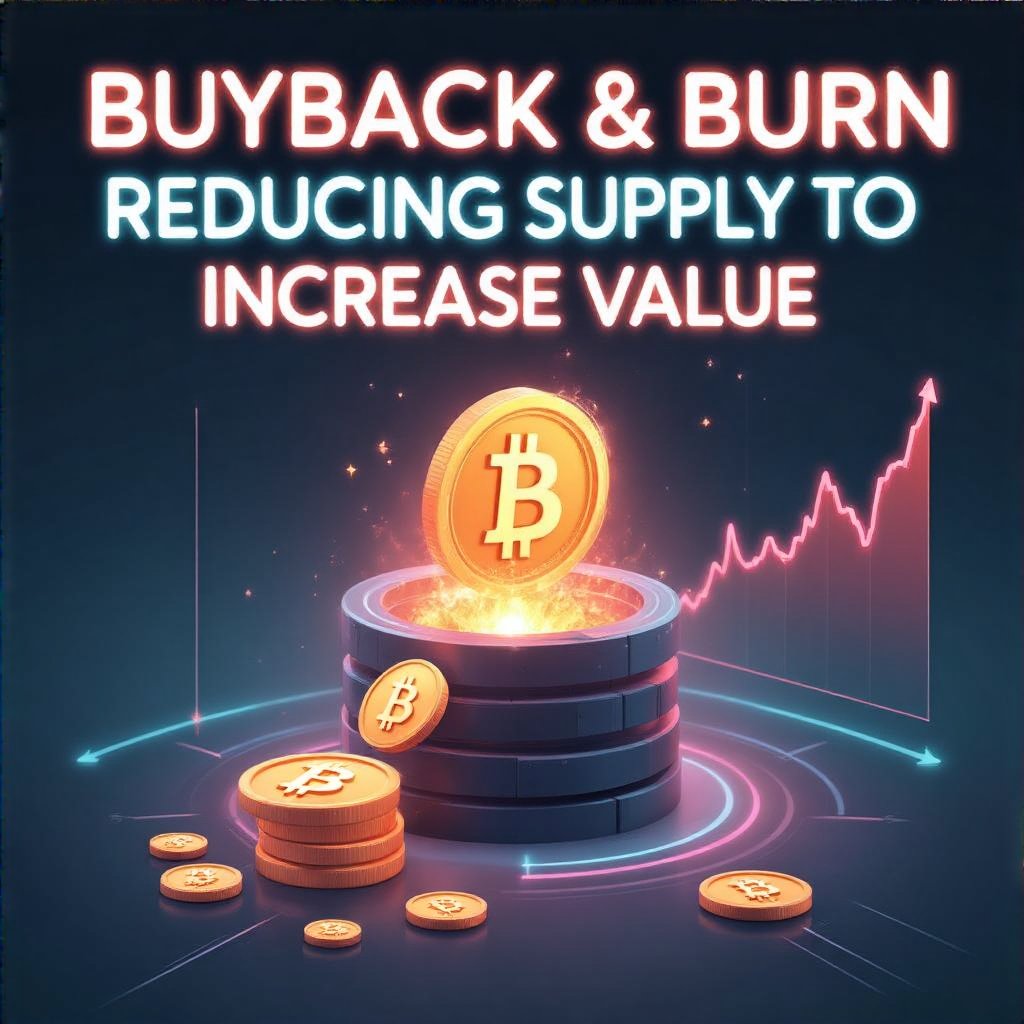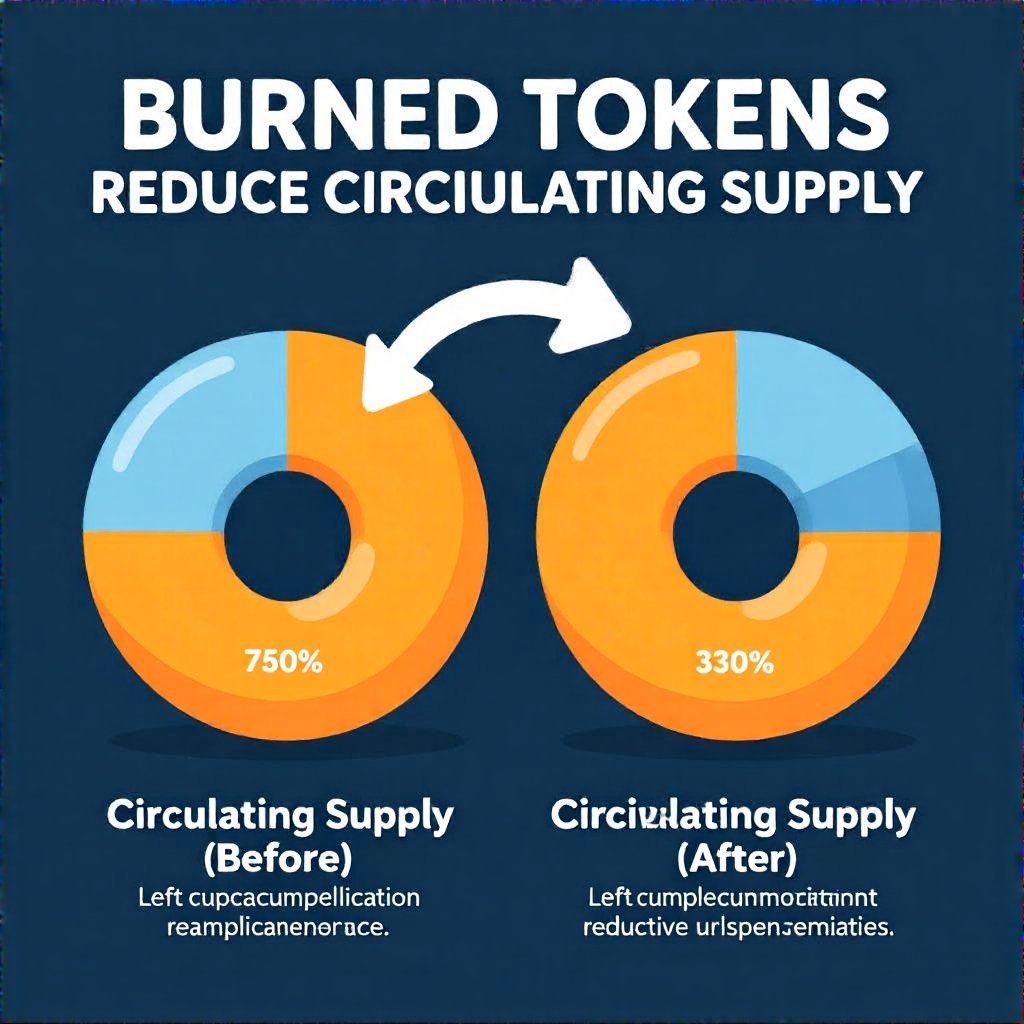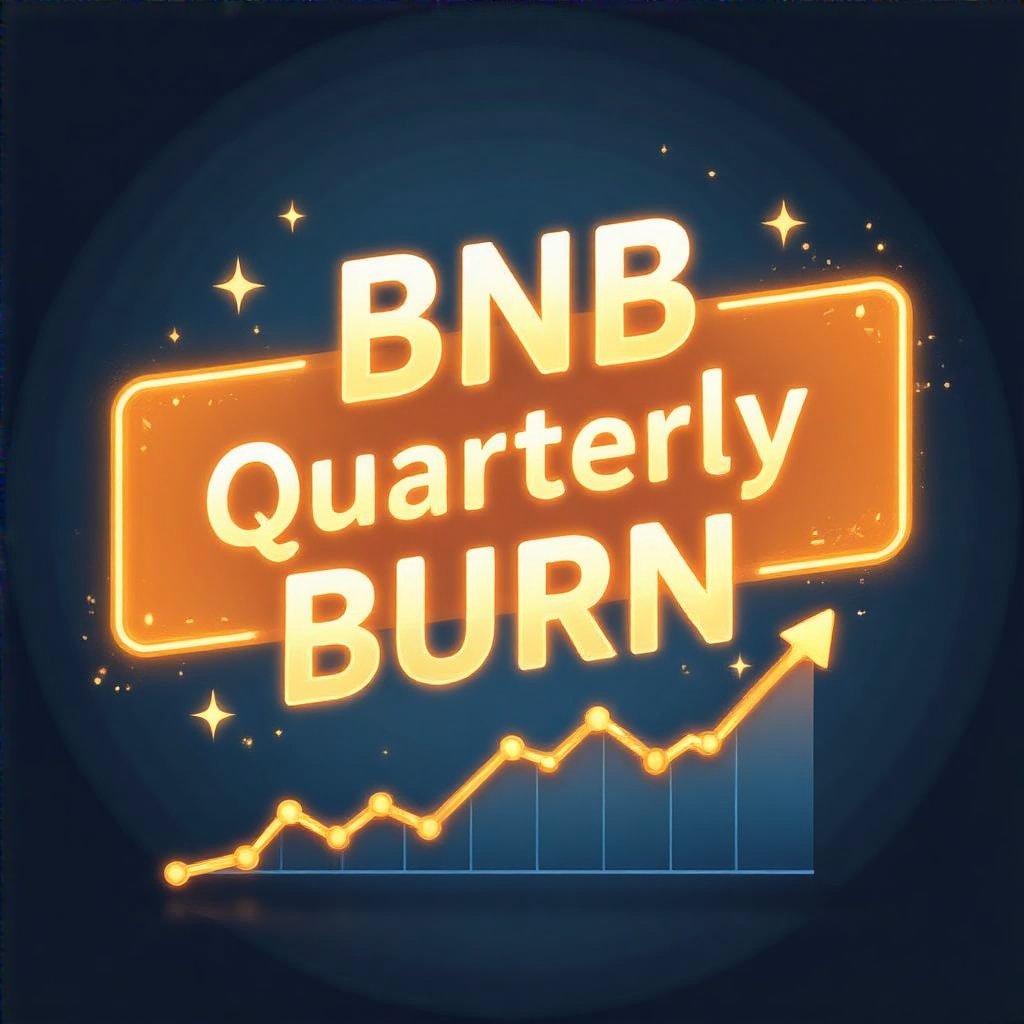Buyback and Burn Mechanisms: How Scarcity Shapes Tokenomics and Value

In crypto, token buyback and burn programs are touted as a way to create scarcity and support price, but the reality depends on governance, timing, and underlying demand. This article narrows the lens on how these mechanisms work, what they promise, and what they can realistically deliver for investors and projects.
- The Mechanics of Buyback and Burn
- Impacts on Tokenomics and Market Dynamics
- Real-World Examples and Effectiveness
- Advantages and Potential Drawbacks
- Best Practices for Buyback and Burn Programs
- Frequently Asked Questions
The Mechanics of Buyback and Burn
Buyback uses allocated funds to repurchase a project’s own tokens on public markets. The repurchased tokens are sent to a burn address, a wallet with no known private key; the result is burning — permanently removing tokens from circulation and reducing the total supply. In practice, credible governance requires transparent tracking of burn events and clear disclosures about funding sources.
Key steps include:
- Accumulation of funds: The project earmarks part of revenues or reserves for buybacks.
- Market purchase: Tokens are bought on exchanges or via OTC and disclosed.
- Token burn: Tokens are sent to the burn address and effectively destroyed.
Transparency around these operations aligns with Cer.live audit methodology; it emphasizes traceability, objective criteria, and evidence-based conclusions. For a broader framework to assess underlying code and governance, consider evaluating smart contract audits. If unforeseen vulnerabilities surface, refer to remediating smart contract vulnerabilities, and understand how burn dynamics interact with governance models as outlined in Understanding Staking Yields & Burn Rates in PoS Networks.

Impacts on Tokenomics and Market Dynamics
The tokenomics surrounding buyback and burn are not merely arithmetic. When supply shrinks, circulating supply contracts, which can support price if demand remains steady or grows. However, the effect is highly contingent on credible, sustainable demand, not just a one-off burn. Projects must couple burns with clear growth narratives, liquidity retention, and credible disclosures to avoid misinterpretation by traders.
Other dynamics include market confidence and the potential for volatility during and after burn events, as investors reassess value propositions. Critics warn that burns do not fix fundamental issues and may be used to project an aura of legitimacy without lasting impact.
- Reduced supply: Scarcity pressures can push price higher if demand persists.
- Market confidence: Transparent burns signal management commitment.
- Potential volatility: Buybacks can trigger short-term price swings.
Real-World Examples and Effectiveness
Many projects, including Binance Coin (BNB), implement quarterly burn events. CoinDesk notes that these burns have historically reduced circulating supply by millions of tokens and often coincide with short-term rallies, though they do not guarantee long-term value shifts. For a formal definition of token burning, see Investopedia: Investopedia.

Advantages and Potential Drawbacks
Buyback and burn are not panaceas. They should be evaluated as tools within a broader tokenomics strategy and should not replace fundamentals.
- Market manipulation risk: Large burns can invite regulatory scrutiny if perception shifts toward manipulation.
- Dependence on project fundamentals: Effectiveness requires real demand and sustainable business models.
- Temporary effects: If new tokens are minted or demand wanes, the burn's price support may fade.
To compare approaches, see the concise table below that weighs burn-based scarcity against other techniques like liquidity locking and staking adjustments.
| Mechanism | Predictability | Dependency on Fundamentals | Regulatory Context |
|---|---|---|---|
| Buyback & Burn | Moderate | High | Medium |
| Liquidity Locking | High | Medium | Low |
| Staking Adjustments | Variable | Medium | Low |
Best Practices for Buyback and Burn Programs
Effective programs are transparent, well-governed, and aligned with long-term value creation. Publish cadence, burn metrics, and the legal basis for funding. Ensure clear accounting and independent verification of burn events to preserve investor trust and reduce ambiguity.
In practice, the governance model should anticipate upgrade paths and potential attack vectors, evaluating how a burn policy interacts with on-chain upgrades and permissioned changes to token supply. A disciplined approach reduces the risk of a hidden back door scenario where incentives diverge from stated promises.

Frequently Asked Questions
- Do buybacks guarantee higher prices?
- No. Buybacks can support price under certain demand conditions, but they do not ensure sustained appreciation and must be paired with healthy fundamentals.
- Can burns be manipulated by governance decisions?
- Burns can be affected by policy choices, disclosures, and timing. Transparent rules and audit trails help mitigate manipulation concerns.
- What should investors look for in a burn program?
- Look for clear funding sources, a published burn cadence, independent verification, and alignment with the project's growth roadmap.
